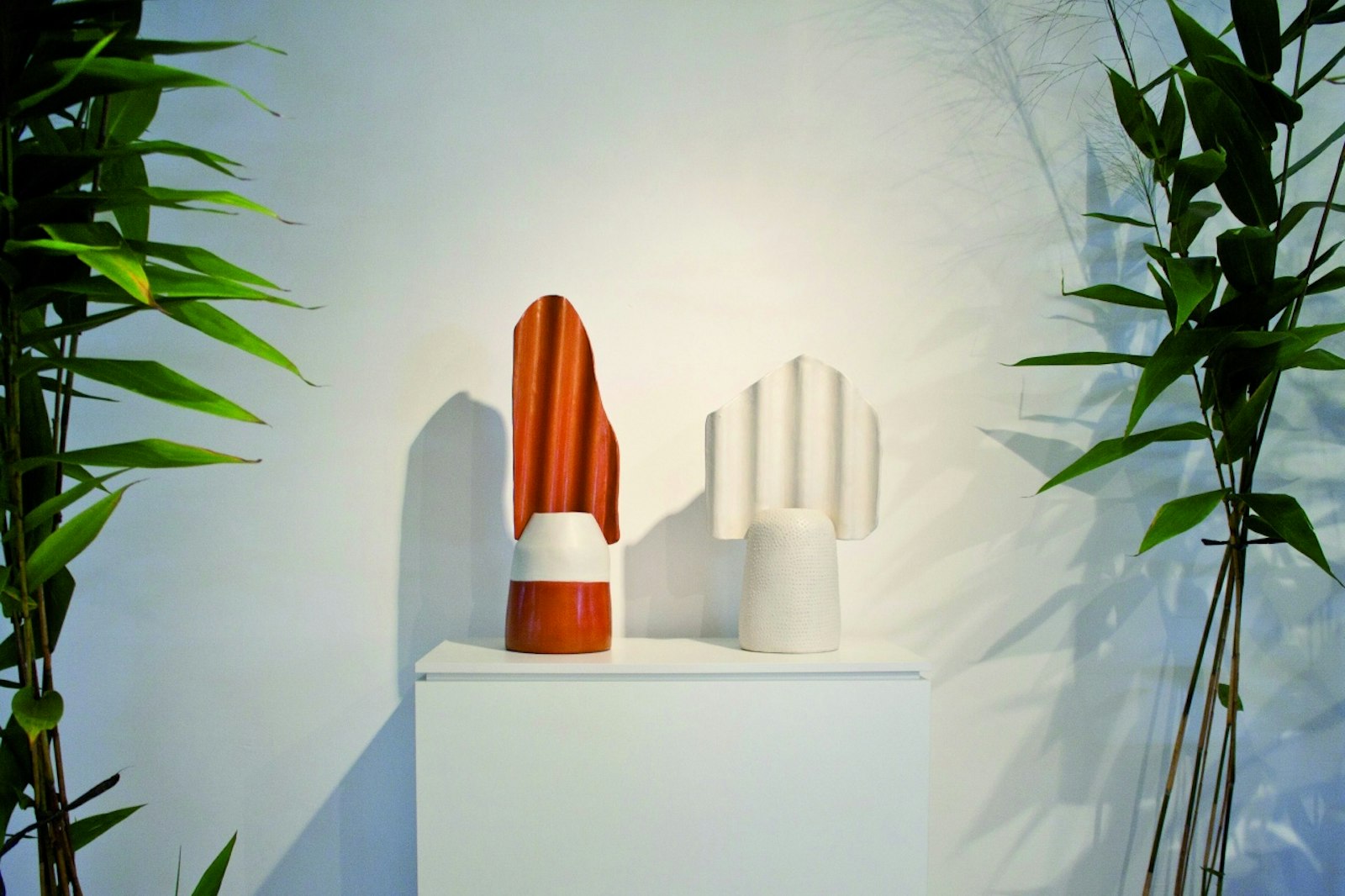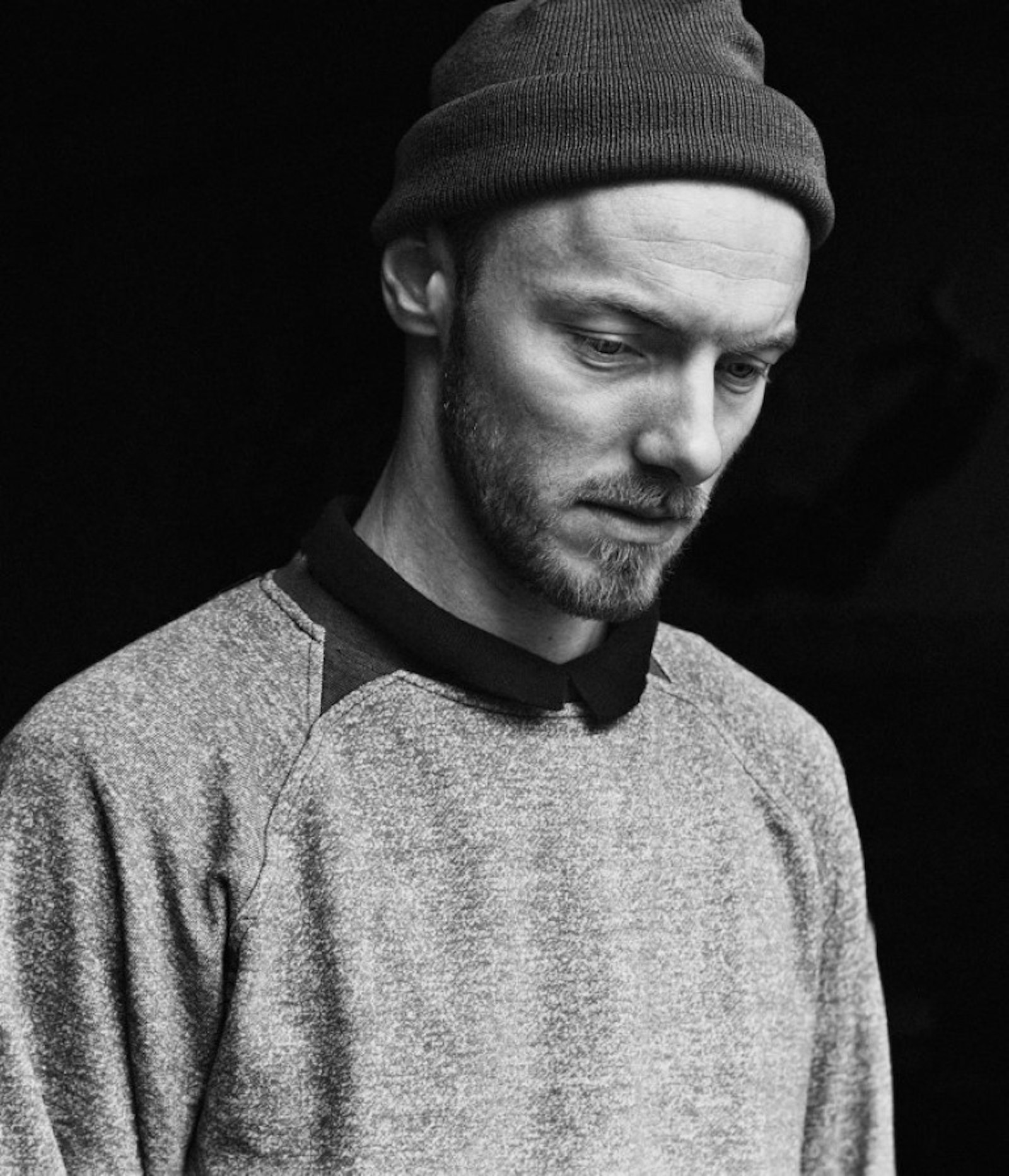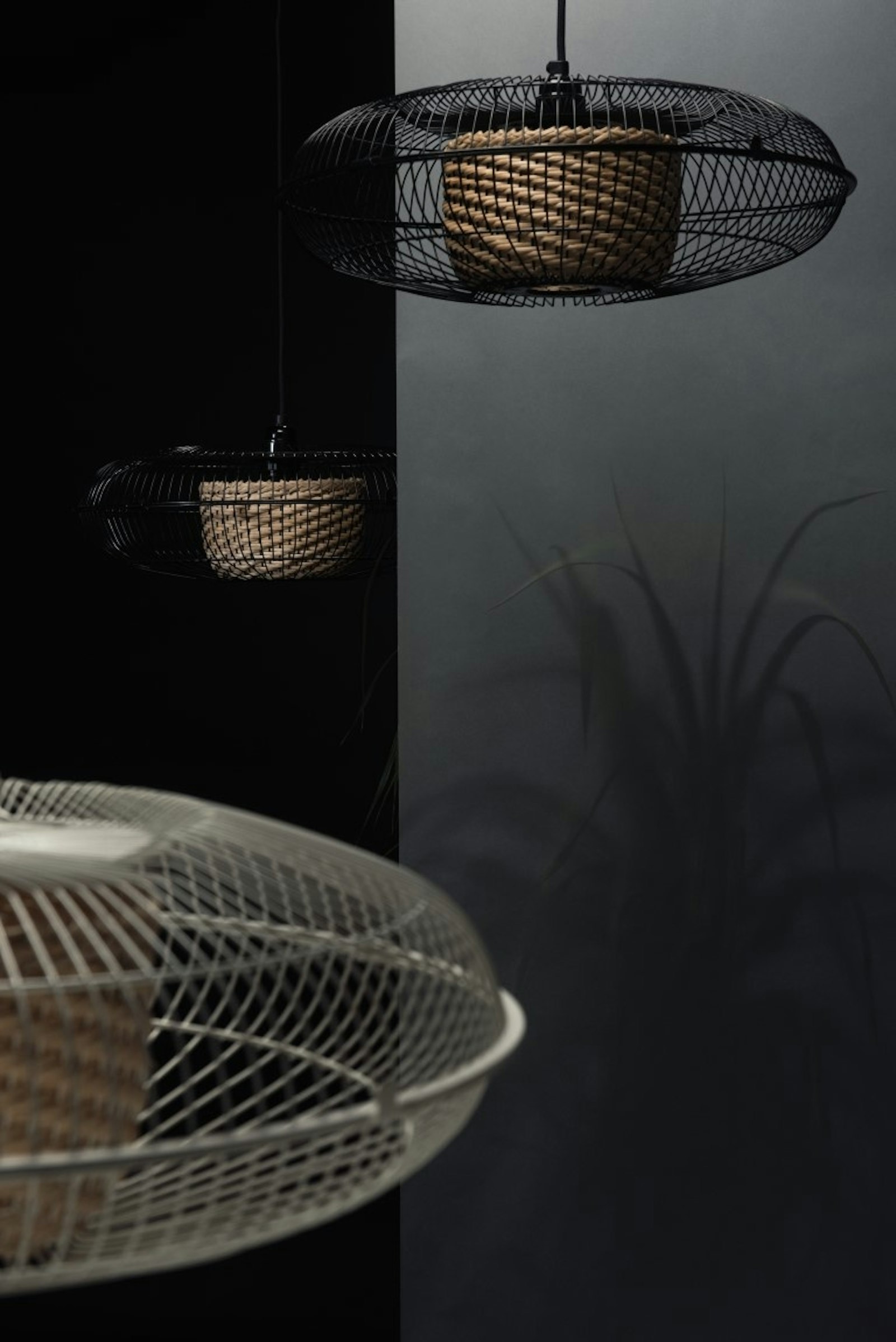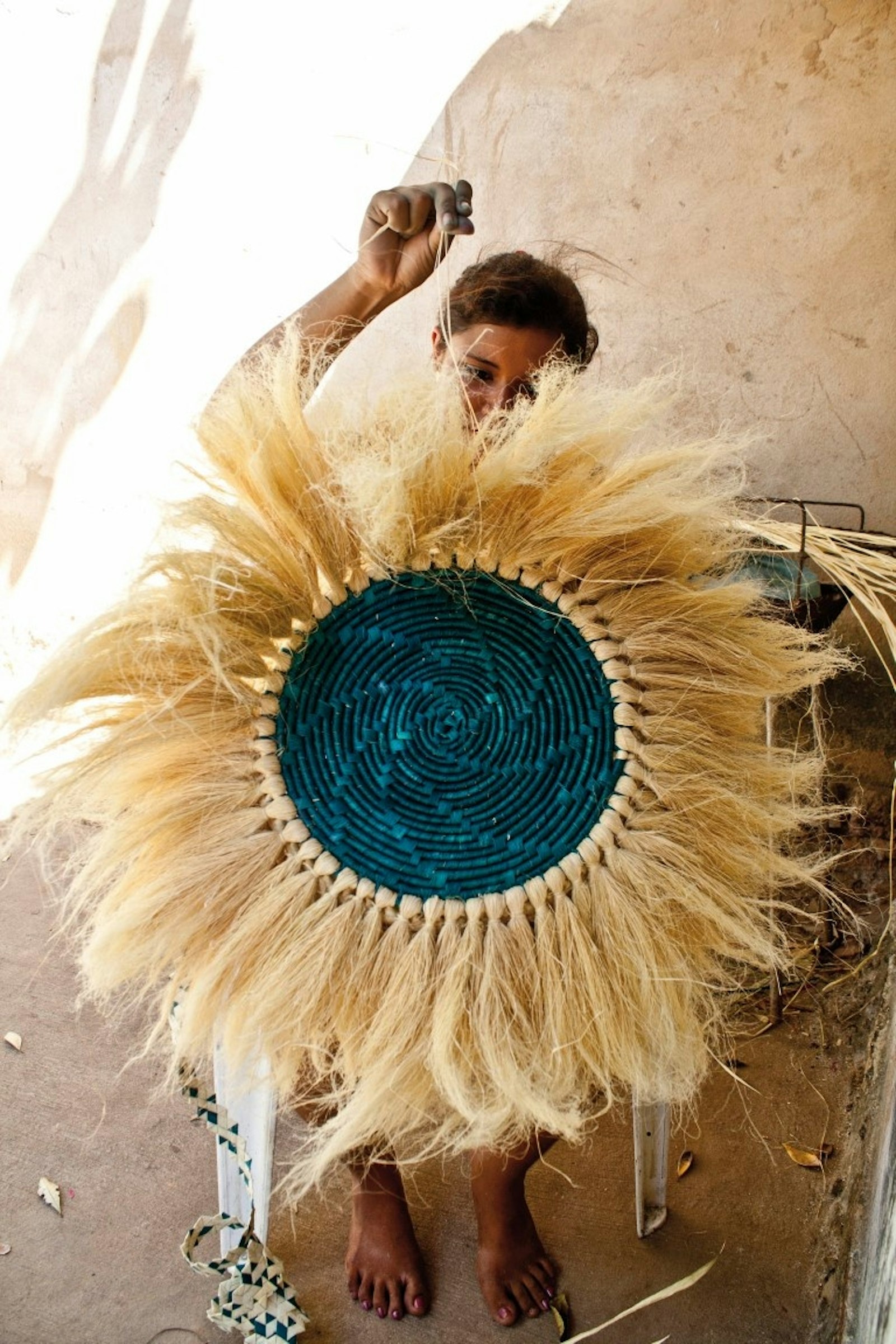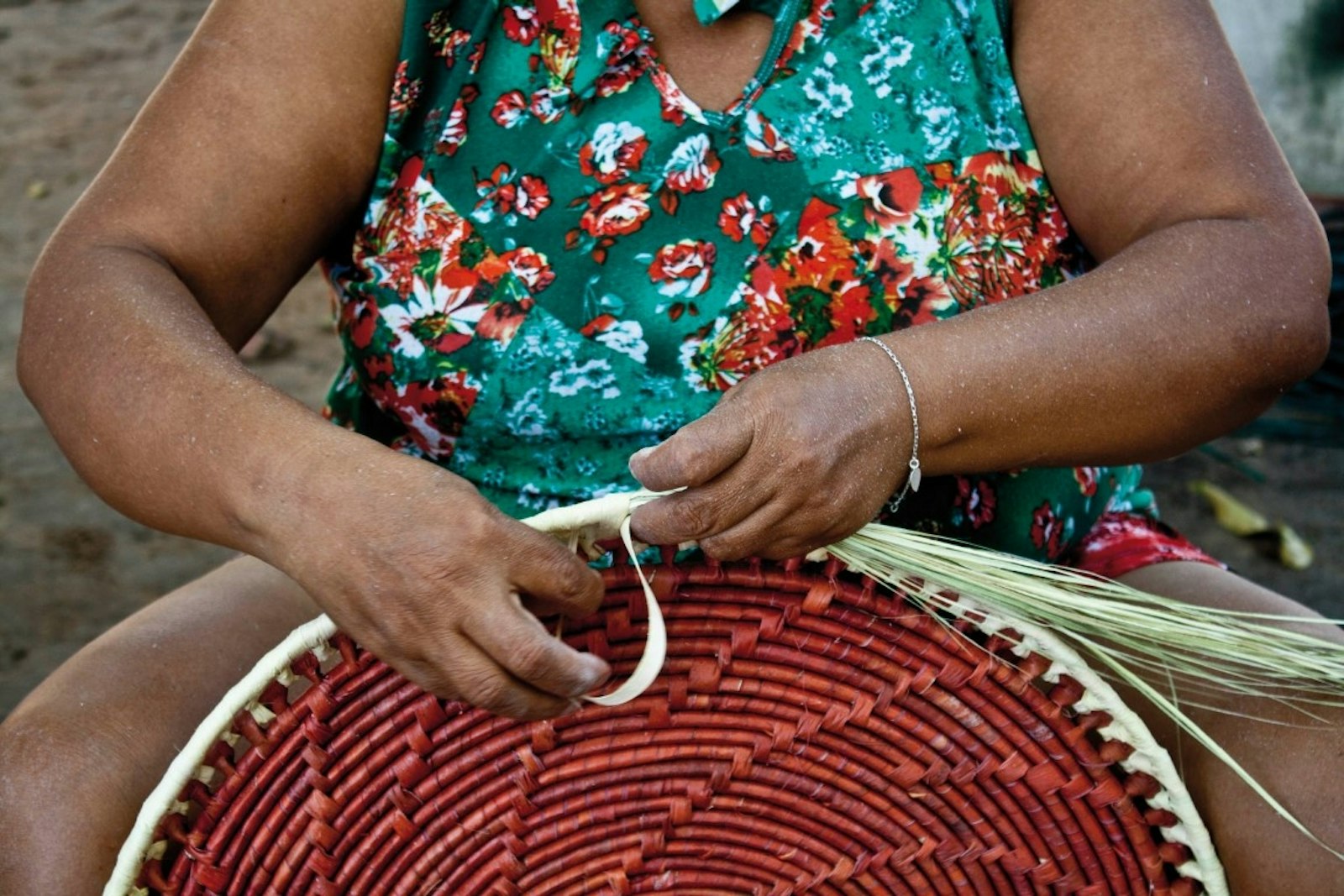de Velde
Sep Verboom
Industrial designer Sep Verboom is 27 and very much a child of his generation: idealistic, but grounded. Not just local, but also global. Collectivist, rather than individualist. Communication-savvy. He works for industry and NGOs alike.
A connector more than a designer
The common thread in his work is rattan, a climbing plant native to Asia.
No time to lose, thought Sep Verboom. On graduation, a good five years ago, he received two degrees: one in Industrial Product Design from Howest; the other a post-grad in Sustainable Development from Vives, also in Kortrijk. “I found them both interesting, and was able to combine them,” he says, with a shrug. His final project united these two main areas of interest: he went to the Philippines in search of an “innovative way to think about waste”. “That was the closest thing I had to a briefing when I left.” When he arrived he met Nida Cabrera. “My Philippine mum, as I like to call her. I have a room at her place now. She is an environmental activist, and when I met her she was on Cebu City council in charge of waste. She took me on a tour of the slums and its junk shops, where reusable waste comes in through the poorest of the poor and the bigger waste companies. Thanks to her I got an incredible insight into the process. It led to the Fan lamps; made from ventilator hoods, which are thrown away en masse. I organised workshops and looked at the extent to which other materials could be woven in to make it an interesting product. That’s because rattan weaving is the main skill over there. I came home with prototypes for my bachelor’s thesis. It wasn’t a normal internship, so I didn’t get the industry experience my classmates got on their business and design studio placements.”
Joa Herrenknecht, a designer from Berlin, was the second important woman in his career. “I went on internship for six months and stayed another six months as her assistant. Joa worked for industry, mostly in furniture and interior objects. She taught me the tricks of the trade and the rhythm of the sector: fairs in Milan, Paris, Cologne and London. Along with pitching, factory visits and negotiations.” With all this experience, a successful trade fair in London and plenty of press attention behind him, he decided to head back to the Philippines, only this time, to create a series of lamps. After a stay of two months he brought back a hundred lamps made from recycled ventilator hoods and woven rattan. “Development, production, marketing, shipping and sales, I did it all. I did my absolute best, but there’s still a pile of lamps lying around in a garage today. I sell about one a month... Business is slow. But I won’t be selling them off cheap. No way. The man hours and material costs are the same, aren’t they? Perhaps I should even start making them more expensive?”
A second trip to the Philippines brought Sep Verboom to the island of Mactan, where he found a community that weaves fabrics from threads recovered from marine ropes. “Wow,” he thought, “this is so unique. This is a story that has to be told. I recorded it with the help of two local documentary makers. They were actually skaters, who were really good at filming themselves practising their skating. I took that film with me everywhere I went. At that time, Johan Valcke was curating the Hands On Design exhibition. He introduced me to Papilio, a carpet manufacturer in Kuurne. That led to the Rope Hope carpet collection. It’s ready now, but just waiting for the right buyer. It was a good exercise. The ropes were shipped from the Philippines to Papilio’s factories in India... a good exercise in economics and logistics. And an important lesson for me: might I be better off finding a good story for industry, rather than placing my own products on the market?”
“I decided to set up Livable, a collective for community stories and interesting materials, to which I would like to attract other designers and industry players. A place where profit is important too. People can get funny about profit, but to keep projects like this one running, profit is very important. They are short lived without it, as shown by thousands of other projects. But you do have to be transparent about where your profits are going. Sustainable enterprise is about good communication.”
The Hands On Design exhibition in the Design Museum in Ghent gave rise to a second project: the Aya collection. “Johan Valcke hooked me up with Vincent Sheppard, a market leader in Lloyd loom techniques. They use rattan to make the frame: it is flexible, light and pliable, but strong. They also use natural paper in their chairs. They were looking for a designer to work with and, as I already had some experience with rattan, I managed to win them over. Before I knew it I was on a plane to their factory in Indonesia. I cut the rattan in an unusual way to produce slats which are strong, but still flexible and good for weaving. You don’t need as many connecting points though, so the seat and back are more open. I mounted it all it on a metal frame, hidden in a rattan arm rest. The cushions are made to measure in Spiere near Kortrijk. Not just local, but global too, in other words. We have gone on to make side tables and racks. It is a whole family of products.
Coralie Claeys, CEO and designer at Vincent Sheppard, decided to employ Sep Verboom as a part-time designer in the summer of 2016. In Kortrijk and in Indonesia. “I told Coralie that projects abroad would always appeal to me, and that I’d like to go away regularly, for longer periods. She made that possible for me. I went to Brazil in 2016 and 2017: to work with clay the first time, the second time with fibres from the Carnauba tree. The first time was instructive because I was creating unique pieces for the first time, and the second because we all set to work together as a group of designers there. The driving force behind both trips to Brazil was journalist and curator Elien Haentjens. She taught me a lot and gave me plenty of opportunities. I use a special design method when working with craftspeople: “make a water cooler, for example, an object they are familiar with. The only conditions were that they had to come up with a new shape and work as a team. This gives me a quick idea of their strengths and weaknesses: some can model quickly, others are better at finishing... The second visit to Brazil led to a series of tables and masks, woven entirely from Carnauba. This project, which we’ve called Joias, is still running. We have made a film about the material, which I am going to take to the manufacturers.”
Sep Verboom also works closer to home: “At the moment I’m working on a series of interior objects with custom producers in Ghent, as well as stonemasons and leather workers. It’s a Ministry of Makers project in association with the City of Ghent. And a Bruges-based company, which is interested in doing something with fish leather. I have also joined the Maakbaar sustainable design project, run by Bos+ and Flanders DC. At the same time I am working on a sort of total project, based on rattan. A material I can’t get away from. I believe in it, know it well, work with it every day and believe that it will be important to us in the future. Because it is a climbing plant, and it grows quickly on trees. In other words, to grow rattan you need forests. These forests have to be maintained if you want to grow rattan in a responsible way. My ultimate objective is to create a FSC-like label for rattan. And introduce it to designers and industry. To make the story complete.”
At the end of the day, what occupies him most? The future. Even the distant future. “Is there any point to the old 20th century style of production these days? Making items by the thousand, shipping them to the other side of the world, storing them and then hoping to sell them? And incinerating them or selling them off cheap if you can’t? That’s absurd. Things are changing, I think. And if there is no more call for local or on demand production? If that happens, I’ll stop. As long as it doesn’t, I’ll carry on.”
“People don’t have to buy my products; I’m happy if they hear about how they were made, who made them and the materials they were made from. All I want them to know is that alternatives to standard industrial production do exist. In fact, I see myself as a connector more than a designer. I love bringing people together and have them cooperate with each other. To search for openings in the system.”
“Do I want to change the world? Not necessarily. It’s just common sense to me. It seems logical to think about material origins, recyclability, product dismantling, sustainability. There is no other way. I’m not saying it on stage or in parliament, but in an (online) store. And I’m saying it with products and objects that people can take home. That they can hold in their hands. Perhaps my objects are protest objects, like a singer’s protest songs?”
The jury on Sep Verboom
"Industrial designer Sep Verboom (1990) is a child of his generation: idealistic, but grounded, not just local, but also global, collectivist rather than individualist, and communication-savvy. The (distant) future is what occupies him most. And the jury was very impressed with this. Sustainability, the broadest sense of the word, is the common thread in his approach, design objects and stance as a sustainable entrepreneur. Sep Verboom wants to show people sustainable alternatives to traditional industrial production and to unite people and get them working together to find openings in the system. At present he works for industry and NGOs alike.
The jury sees Sep Verboom as a textbook example of what today’s designers should be: not just producers and innovators, but people who inspire and connect, and, of course, people who make the world a better place."
